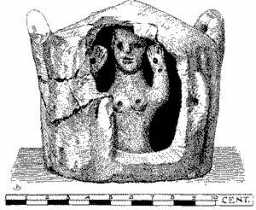In her remarkable 2006 book The Old Way: A Story of the First People, Elizabeth Marshall Thomas writes about the movements of our pre-human ancestors who first ventured out onto Mother Africa's broad savannahs:
Out on the open savannah with the sun burning down, not many creatures moved about by day, but we did, teaching our children the things our parents had taught us, but having to make some adjustments. When we traveled, for instance, we could no longer spread out as we had done in the rain forest because big trees were not at hand to climb in case of trouble. Instead, like soldiers in combat, we began to travel single file behind a leader who was watching for danger. Most other savannah animals did the same. If we stopped to rest, we sat together in a circle, doing as other animals did because the circle as an antipredator device is as effective as it is important....Remembering in our hearts our experiences with predators, all of us feel vulnerable to attack from behind, and to this day we favor circles (Thomas 19).
Lines and circles. I think of the two major configurations of New Pagan ritual: the circle and the procession.



















